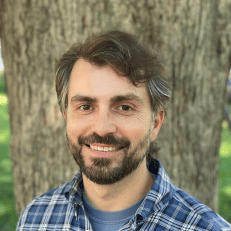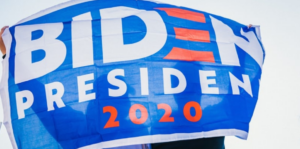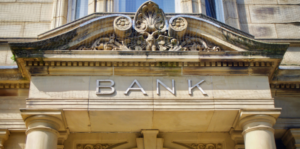With student loan debt reaching new heights each year, it’s no surprise that student loan forgiveness keeps coming to the forefront in public policy debates. While forgiveness programs may seem like a light at the end of the tunnel for borrowers, the path from public debate, to legislation, to program execution is mired in uncertainty. Looking at the success of current federal forgiveness programs, of which there are several, will prove instructive. In this article, we will look at Public Service Loan Forgiveness (PSLF).
Public Service Loan Forgiveness Origins
PSLF was established by Congress in 2007 to encourage individuals to seek vitally important, but low paying, jobs in the public and non-profit sectors. The basic premise of the program is that if you make 120 qualifying monthly payments while working for a qualifying employer, the remaining balance of your federal student loans will be forgiven.
While this sounds like a good idea to help encourage young people to seek employment in jobs that may not be as attractive to them as higher-paying alternatives in the public sector, the difficulty of administering such a program became rapidly apparent when borrowers began applying for forgiveness last year. The bottom line, according to the most recent U.S. Department of Education data, is that 73,554 people have submitted applications to have their loans forgiven under PSLF, and only 864 have been approved—an approval rate of around 1%.
Federal Program Difficulties
This sad reality seems to indicate that either the program guidelines have been poorly communicated to the public, or that the administrative hurdles to achieving forgiveness were poorly planned. Or perhaps a little of both.
One such administrative hurdle is that the government relies on student loan servicers to certify that the borrower applying for forgiveness has made the required 120 —qualifying payments.” This is unfortunate, when you consider that some of these servicers are routinely sued by the Consumer Financial Protection Bureau for unscrupulous tactics. One such tactic is using a bogus —paid-ahead status,” which among other things, can make it harder for PSLF borrowers to accumulate 120 qualifying payments, even if they stay current on their loans.
An example of poor program communication can be found on the PSLF page on the U.S. Department of Education website. The page includes a section that defines qualifying employment, however the list of employer types is nebulous. For example, a non-profit which is not tax-exempt under Section 501(c)(3) of the IRS code is said to qualify if it provides one the listed public services, for instance —public safety.” But how must the organization engage in public safety activities, to qualify? Does it need to provide direct public safety services, or can it be, for example, a professional association of public safety workers? Does public safety need to be the stated mission of the organization? We are left with little clarity.
The Takeaway for Students and Families
In the end, if a college graduate goes on a reduced payment plan such as Income-Based Repayment (IBR) and achieves loan forgiveness under this program, they will have saved a substantial amount of money while contributing to the public good. But, if they do not achieve Public Service Loan Forgiveness after ten years, they will have accumulated extra interest on the IBR plan that they would not have on the standard 10-year repayment plan, because they did not pay down their loan principal as fast as they could have.
With all this in mind, and as lawmakers and presidential hopefuls talk about loan forgiveness, wise students should not take loan forgiveness for granted as they plan their education. Students and families should continue to make careful decisions about how to use debt, and should also remember that other factors such as school choice and lifestyle can play an important role in the total cost of education.
Lastly, we must remember that while loans can be forgiven, an education should never be seen as a mistake.
















